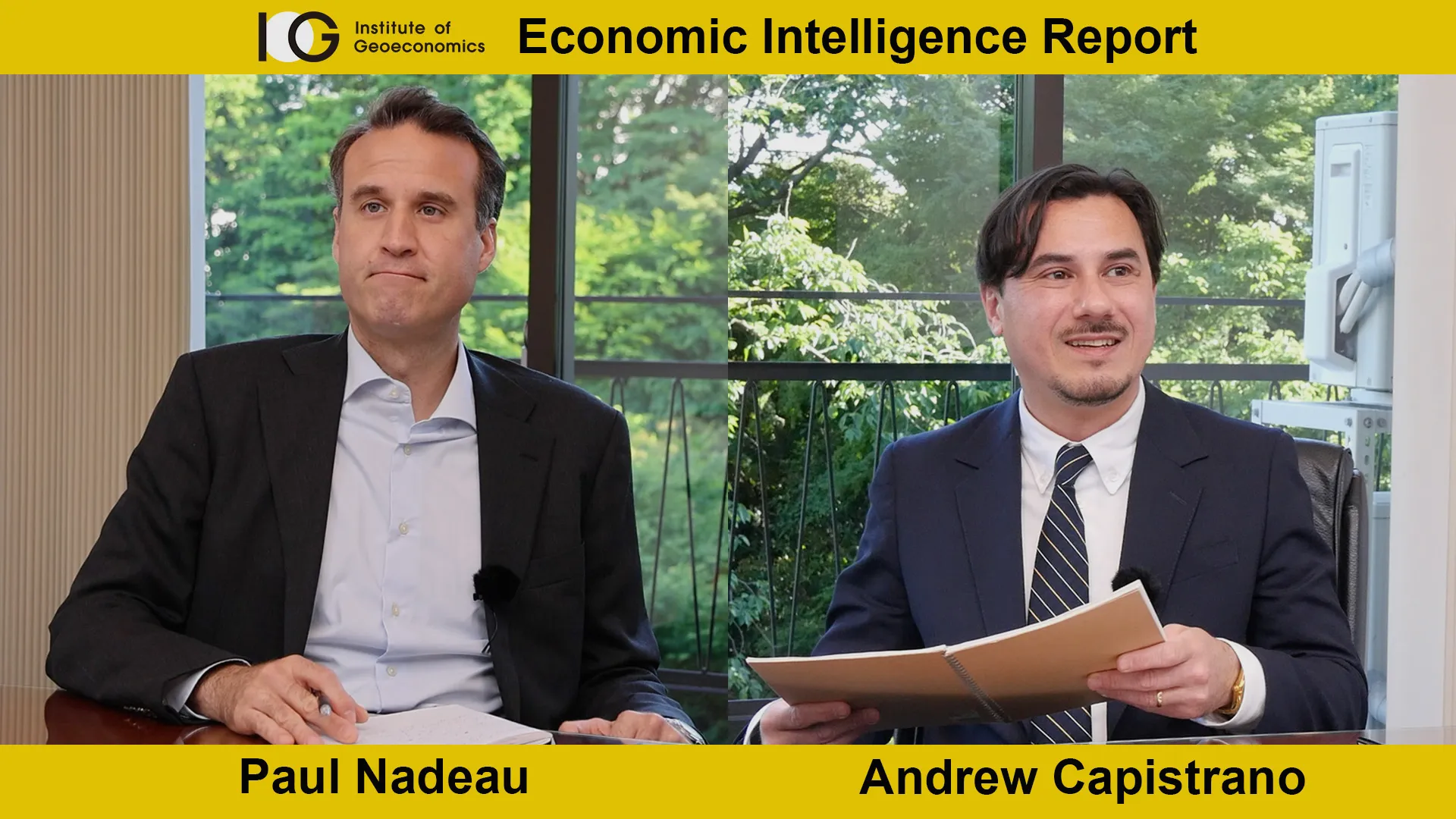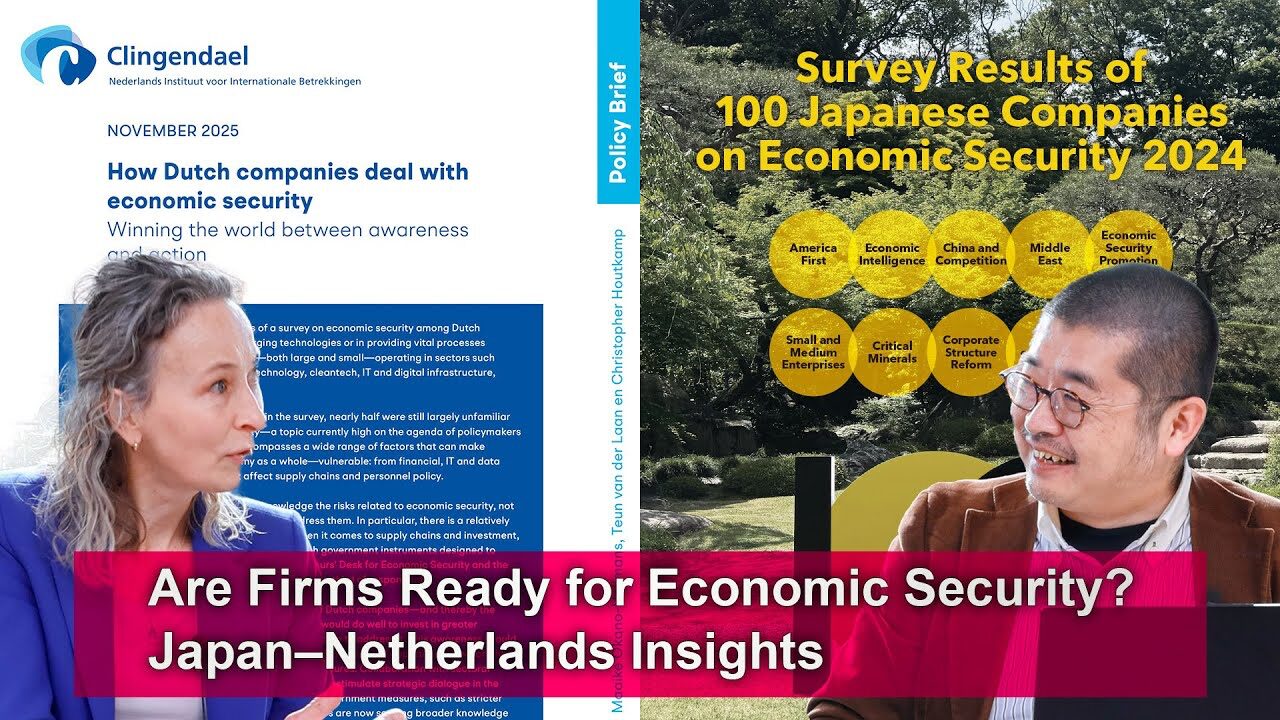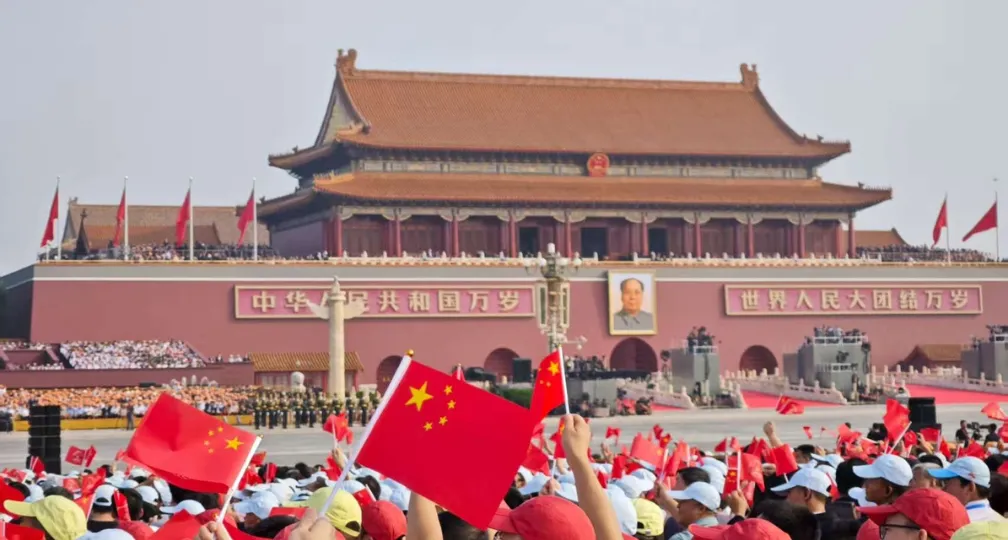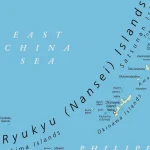IOG Economic Intelligence Report (Vol. 3 No. 11)

The latest regulatory developments on economic security & geoeconomics
Outcomes from the Trilateral Summit: Leaders of China, Japan, and South Korea agreed to continue negotiations on a free trade agreement, among other things, following their three-way summit in Seoul. The joint statement following the meeting described the countries’ commitment to economic cooperation, sustainable development, science & technology, and more. While no breakthroughs were achieved during the summit, the meeting was still seen as an important step to stem the deterioration of ties amidst China-U.S. competition.
USTR Announces Extension of Exclusions: The Office of the U.S. Trade Representative announced on May 25 that it would extend all China Section 301 tariff exclusions on 352 Chinese import and 77 pandemic-related categories through June 14, while some will be extended through May 31, 2025. The tariffs were initially put in place in 2018 and 2019 during Donald Trump’s presidency using authority under Section 301 of the Trade Act of 1974. The tariffs were to expire on May 31, and include products like garage-door openers, switches used in motor vehicles, printed circuit board assemblies, electric motorcycles, natural graphite, duffel bags, and messenger bags.
Closing Loopholes in USMCA: U.S. National Economic Adviser Lael Brainard said that the United States is looking into ways to address potential loopholes in the U.S.-Mexico-Canada agreement which may allow China to circumvent tariffs by reimporting into the United States through Canada or Mexico. She said that the United States is “very engaged” on discussions to prevent the transshipment of China’s exports of steel or automobiles through Mexico.
Indonesia Steps Back from Protectionism: Indonesia walked back a set of import restrictions imposed in March after the restrictions had back up supply chains and delayed deliveries of products like Apple MacBooks, chemicals, and tires. The rules, which covered roughly 4000 products, were intended to stimulate more production in Indonesia by restricting foreign imports but led to shortages as local factories struggled to get parts and many firms.
North American Miners Push for Graphite Tariffs: North American graphite miners are lobbying the U.S. government to impose a 25 percent tariff on three graphite products, a key material in electric vehicle (EV) batteries, in an effort to counter China’s potential stranglehold on the material since the country currently provides 70 percent of global output. Japan, the United States, India and South Korea are top buyers of China’s graphite exports.
China Announces Anti-Dumping Investigation: China’s Commerce Ministry announced an anti-dumping investigation into imports of polyoxymethylene copolymer, which is used in consumer goods and automotive industries, from the United States, the EU, Japan and Taiwan. The investigation is expected to take a year and a half.
Incoming China Officer at the U.S. Embassy: The U.S. State Department will deploy an officer focusing on China to its Tokyo embassy this year. The United States has deployed nearly 20 such officers worldwide, with the task of collecting information on China’s coercive activities in cooperation with local governments, and will attempt to formulate countermeasures.
Analysis: Biden Shows that Protectionism Is a Feature, Not a Bug
U.S. President Joe Biden’s May 14 announcement of new tariffs on Chinese products like electric vehicles, lithium-ion batteries, solar cells, “legacy” semiconductors, solar cells, ship-to-shore cranes, syringes & needles, and surgical gloves, should be a clarifying moment for the direction of U.S. international economic strategy. On one hand, the announcement should have removed any doubt (if any doubt remained) that protection is the centerpiece of U.S. international economic strategy. On the other hand, there’s almost no point in looking beyond the announcement as election politics – the May 14 announcement probably doesn’t take place without Donald Trump’s bombast on tariffs, the results of the Section 301 review (the statutory basis for the tariffs) came only after two years when a four year review period is more common, and since the likely beneficiaries of the tariffs are in vital swing states, it’s pretty clearly an effort to court voters in states where Biden is currently trailing and which will probably be essential to defeat Trump in November.
Many of the critiques of the tariffs – that they’ll raise prices on consumers, that they’ll make it harder to collaborate on green technologies, and so on – aren’t wrong. For now at least, the tariffs are more symbolic and preventative than anything else given the current scale of EV imports from China and the inflationary impacts will be small. The United States currently imports most of its EVs from the EU, followed by South Korea. But the announcement reflects the fact that the U.S. electoral system creates a massive collective goods problem, where the preferences of battleground states take an outsized importance relative to policies that may benefit the entire country. The job of elected officials is to win elections. When an election is high-stakes and could be decided by a few thousand votes in a few specific states, then it’s understandable that the Biden administration will try to use every tool available to win as many votes as possible. Electoral politics are fundamentally focused on the short term of the next election, while a lot of critical issues, not least of all climate change, are chronic and long-term.
For now, the more relevant questions that follow the announcement are whether these tariffs can help nurture a thriving U.S. EV industry and whether Section 301 is the best tool to respond to China’s overcapacity in EVs. Even if the announcement is primarily an electoral tactic, it’s a tactic that’s being employed in a bigger context where protectionist measures like tariffs are becoming normalized. It’s much easier to imagine further controls being put in place than to imagine them being lifted, so it’s still important to understand the big-picture ambitions of these measures.
The natural goal of tariffs like these is to protect an infant industry, like that for U.S. EVs. The argument that these tariffs needed to be done now is based on the hypothetical but well-grounded expectation of a glut of Chinese EVs flooding the U.S. market and undermining the U.S. EV industry before it can even begin to compete. There’s no more patience in Washington for a wait-and-see approach to China’s economic behavior. The list of grievances includes things like industrial espionage, distortive state subsidies, and overproduction leading to dumping. With domestic demand in China faltering, it may turn towards increasing exports to make up for the lost demand. That’s not an unusual tactic for any economy, but the size of China’s economy means that export-driven growth can swamp entire industries with their products. The problem for U.S. EV manufacturers is that China can produce vastly more EVs and at much lower cost, U.S.-made EVs are still more expensive than Chinese-made EVs. For comparison, EU tariffs on EVs are at 10 percent but China-made EVs have captured a quarter of the European market, so the assumption is that drastic measures are needed for the U.S. industry to even stand a chance.
But while keeping out Chinese imports is one side of the coin, the other side of the coin is making a bet that the U.S. auto industry can transform itself into a leading producer of EVs. That’s much less certain. The U.S. auto industry has never really changed its ways in the absence of foreign competition and shielding U.S. manufacturers from competition from China may just remove their incentive to innovate rather than giving them an opportunity to scale up. While domestic battery production got a large boost from the Inflation Reduction Act, the fact that China-made products that are essential to EV development like batteries and critical minerals will become more expensive as the tariffs are phased in won’t help provide an incentive to auto companies to make a transition.
The bigger issue is that the U.S. auto industry suffers from its own “Galapagos effect”, where a combination of regulatory standards, market incentives, and consumer preferences have made the U.S. auto market cut off from the rest of the world’s and with a preference for excessively large, gas-guzzling vehicles that have little demand overseas and less domestic demand for smaller, energy-efficient vehicles. The long-term impact of the announced tariffs on the auto industry may be similar to that of the “Chicken Tax” of 1964 that imposed a 25 percent tariff on light truck imports. The practical effect was to close off the U.S. market to light truck imports while the U.S. auto industry lobbied to keep the tariff in place while also exploiting the definition of “light truck” to circumvent more stringent energy efficiency requirements. Where Japan’s automakers could skirt its trade wars with the United States by producing Japanese cars in the United States, the growing concern over Chinese investment almost completely closes off that option for Chinese firms. In the absence of consumer demand for EVs, further subsidies or other incentives, or policy steps to address rent-seeking behavior by the major auto firms, it’s likely that the domestic EV industry will remain atrophied as long as the U.S. EV market is protected.
The use of Section 301 of the Trade Act of 1974 is also revealing for what it says about how the U.S. sees the future of international economic governance. The question is why the Biden administration relied on Section 301 tariffs, which allow the President to retaliate against unfair foreign trade practices, rather than applying countervailing duties under World Trade Organization rules which are designed to protect domestic industries from unfairly-subsidized foreign imports, as would seem to be the case here. Using Section 301 but not the WTO-based dispute settlement mechanisms holds China accountable not to the multilateral economic order (to which China is obligated by treaty), but to bilateral relations between China and the United States. Using the WTO system would be a step towards addressing more fundamental problems like China’s state policies and overcapacity, but that’s a stop not taken in this case.
An optimist might say that using a unilateral measure like Section 301 can help build leverage for future negotiations. It’s possible, but shutting off the U.S. market to China’s overcapacity doesn’t solve the problem of China’s overcapacity, it just pushes it somewhere else as long as other large markets don’t follow the U.S. approach. It may be that one of the reasons the United States is using this approach is to prod other economies, particularly the EU, into erecting their own barriers to Chinese EVs; more likely is that the overcapacity ends up somewhere, and maybe in a country like Mexico where the vehicles would then be subject to a 2.5 percent tariff rather than a 100 percent tariff, or possibly produced in Europe. In such an event, the likely U.S. response would be to pressure these countries and possibly others to adopt investment screening rules similarly stringent to those in the U.S. to help patch up the fence.
The tariffs are designed to do three things: help Biden win reelection, protect the infant U.S. EV industry, and block China’s overcapacity. But since it will be hard for the U.S. EV industry to develop in the absence of foreign competition and because tariffs alone won’t solve the fundamental issue of China’s overcapacity. Biden should hope the announcement changes some votes because there might not be much else these tariffs can deliver.


Visiting Research Fellow
Paul Nadeau is an adjunct assistant professor at Temple University's Japan campus, co-founder & editor of Tokyo Review, and an adjunct fellow with the Scholl Chair in International Business at the Center for Strategic and International Studies (CSIS). He was previously a private secretary with the Japanese Diet and as a member of the foreign affairs and trade staff of Senator Olympia Snowe. He holds a B.A. from the George Washington University, an M.A. in law and diplomacy from the Fletcher School at Tufts University, and a PhD from the University of Tokyo's Graduate School of Public Policy. His research focuses on the intersection of domestic and international politics, with specific focuses on political partisanship and international trade policy. His commentary has appeared on BBC News, New York Times, Nikkei Asian Review, Japan Times, and more.
View Profile-
 China, Rare Earths and ‘Weaponized Interdependence’2025.12.23
China, Rare Earths and ‘Weaponized Interdependence’2025.12.23 -
 Are Firms Ready for Economic Security? Insights from Japan and the Netherlands2025.12.22
Are Firms Ready for Economic Security? Insights from Japan and the Netherlands2025.12.22 -
 Is China Guardian of the ‘Postwar International Order’?2025.12.17
Is China Guardian of the ‘Postwar International Order’?2025.12.17 -
 Japan-India Defense in a Fragmenting Indo-Pacific2025.12.10
Japan-India Defense in a Fragmenting Indo-Pacific2025.12.10 -
 The “Economic Security is National Security” Strategy2025.12.09
The “Economic Security is National Security” Strategy2025.12.09
 Event Report: The Trump Tariffs and Their Impact on the Japanese Economy2025.11.25
Event Report: The Trump Tariffs and Their Impact on the Japanese Economy2025.11.25 The “Economic Security is National Security” Strategy2025.12.09
The “Economic Security is National Security” Strategy2025.12.09 The Real Significance of Trump’s Asia Trip2025.11.14
The Real Significance of Trump’s Asia Trip2025.11.14 The long road to a South Korea-U.S. trade deal2025.11.26
The long road to a South Korea-U.S. trade deal2025.11.26 The Tyranny of Geography: Okinawa in the era of great power competition2024.02.09
The Tyranny of Geography: Okinawa in the era of great power competition2024.02.09












